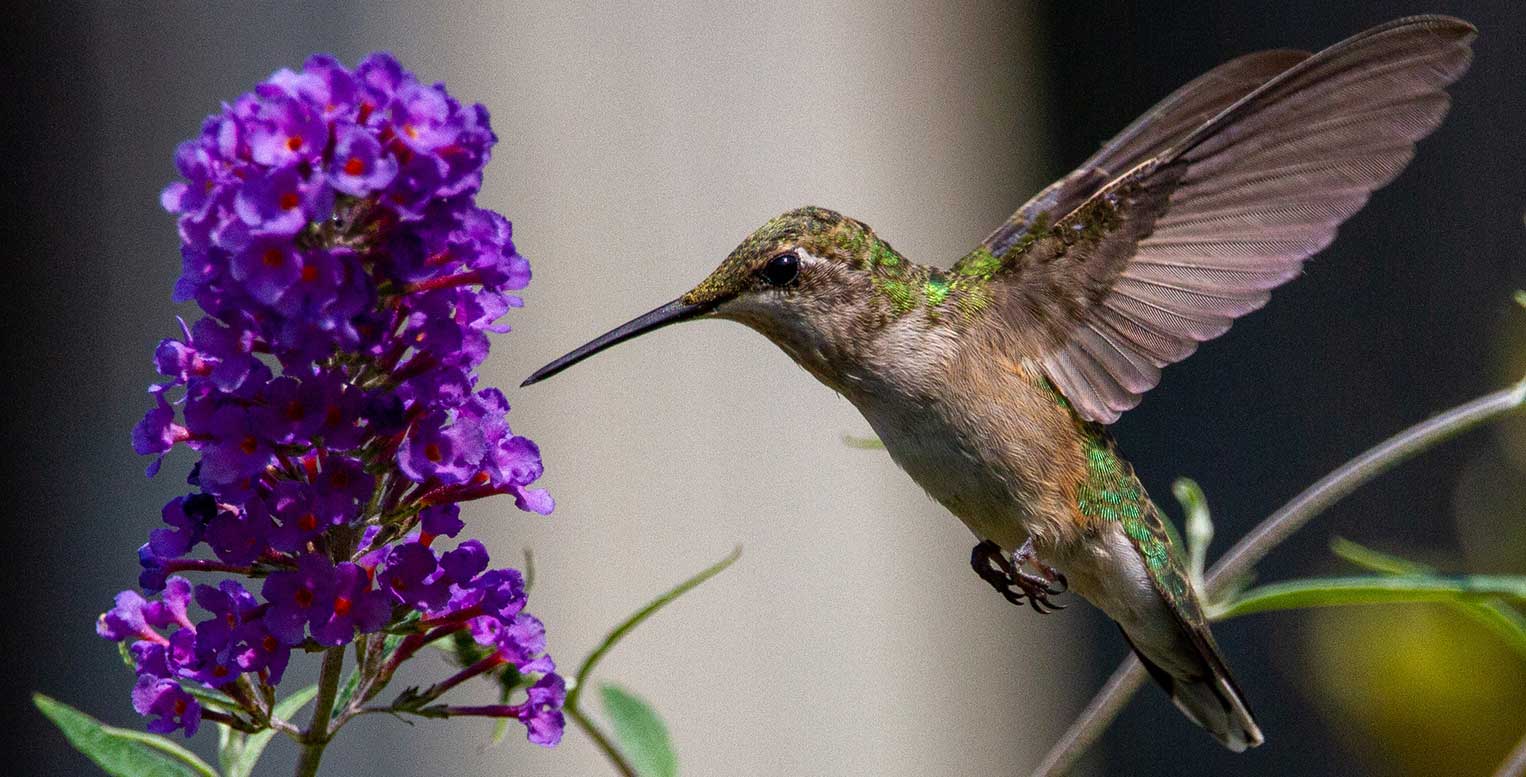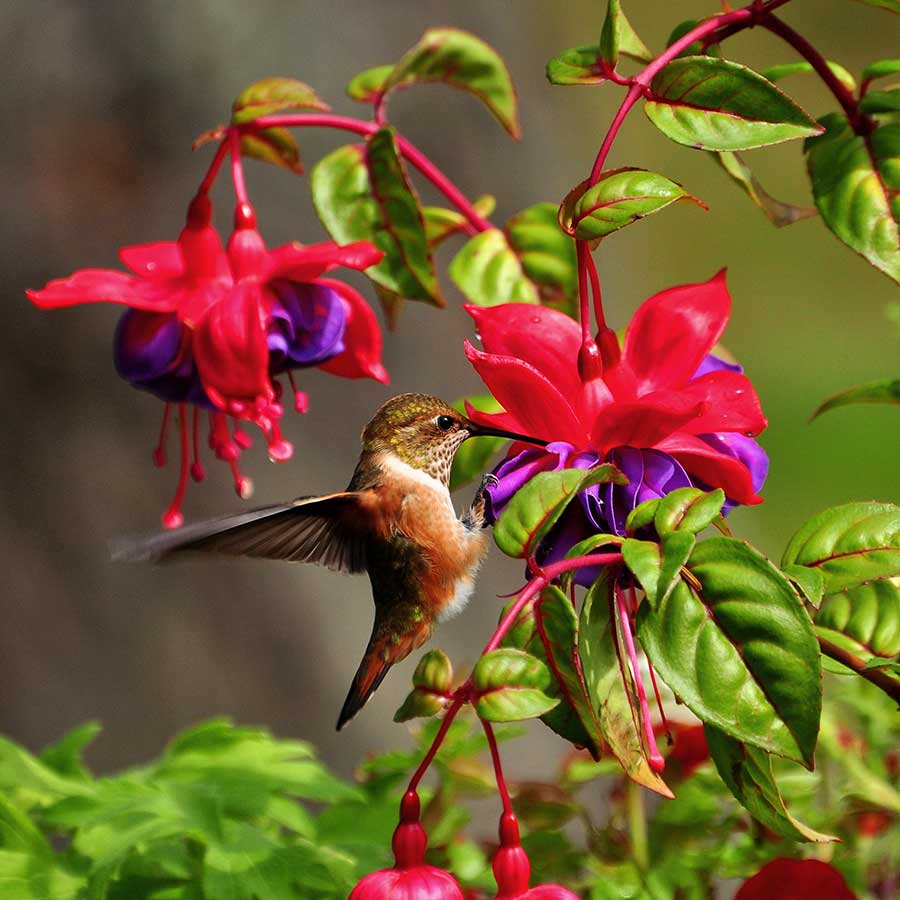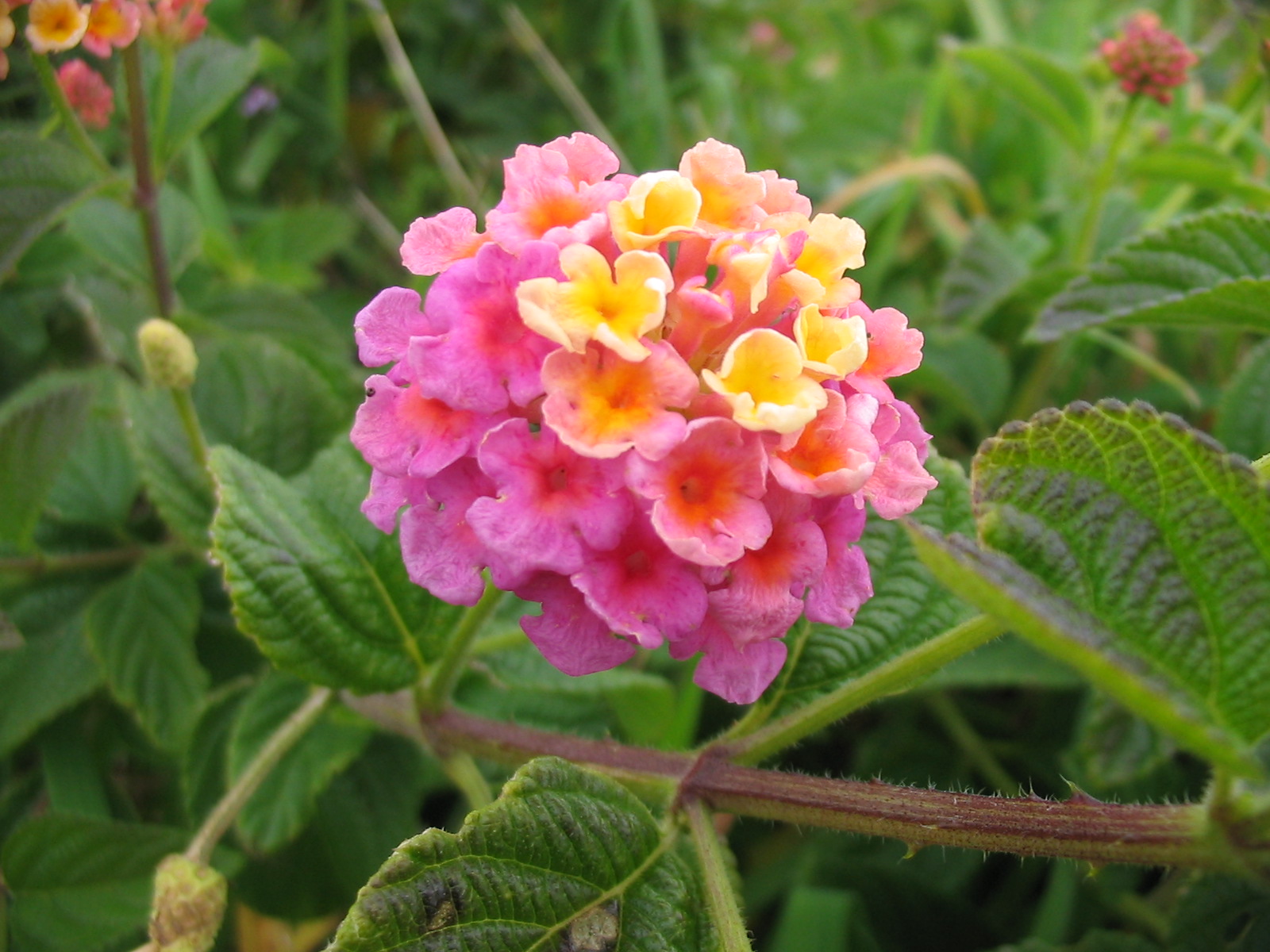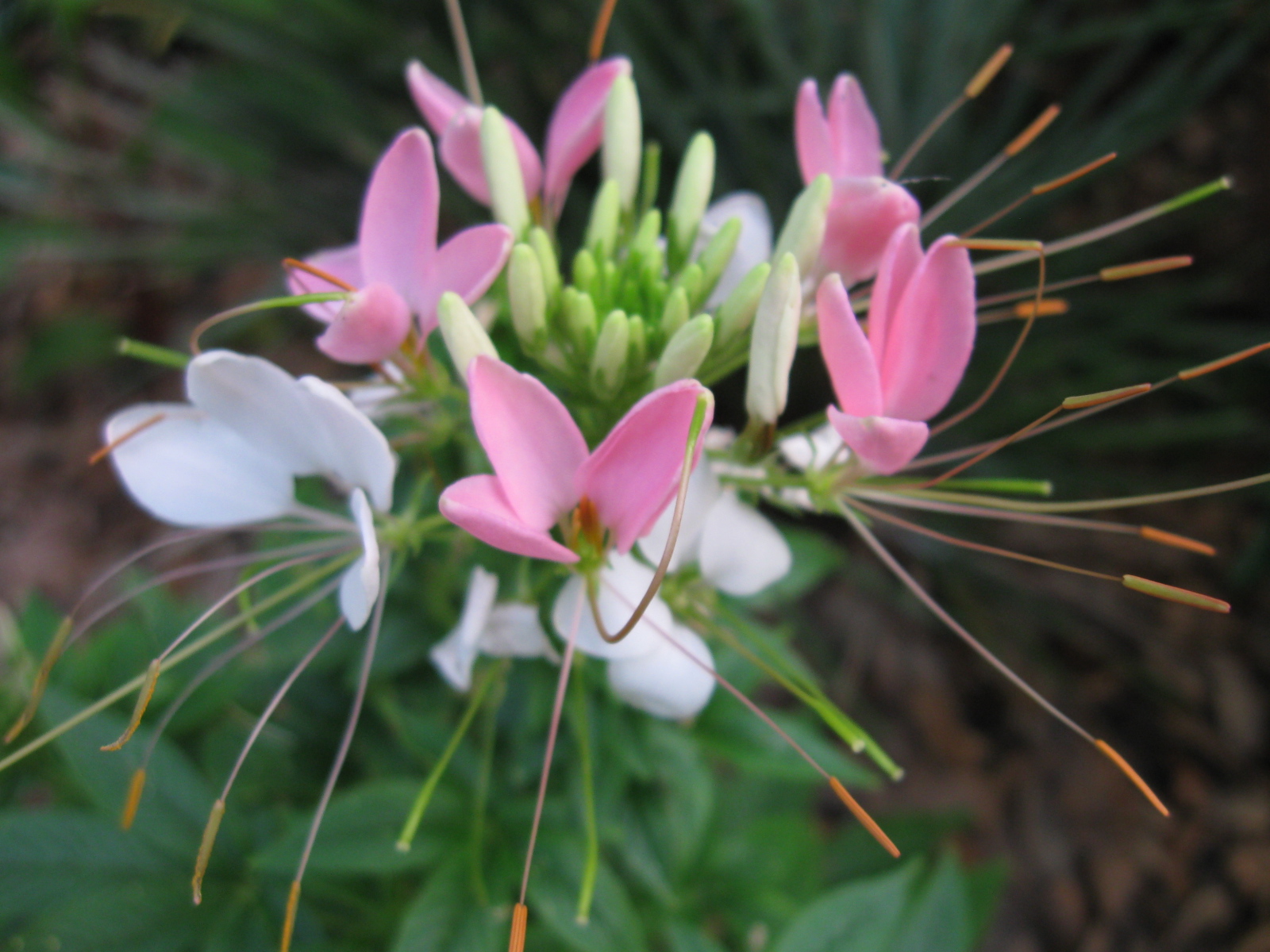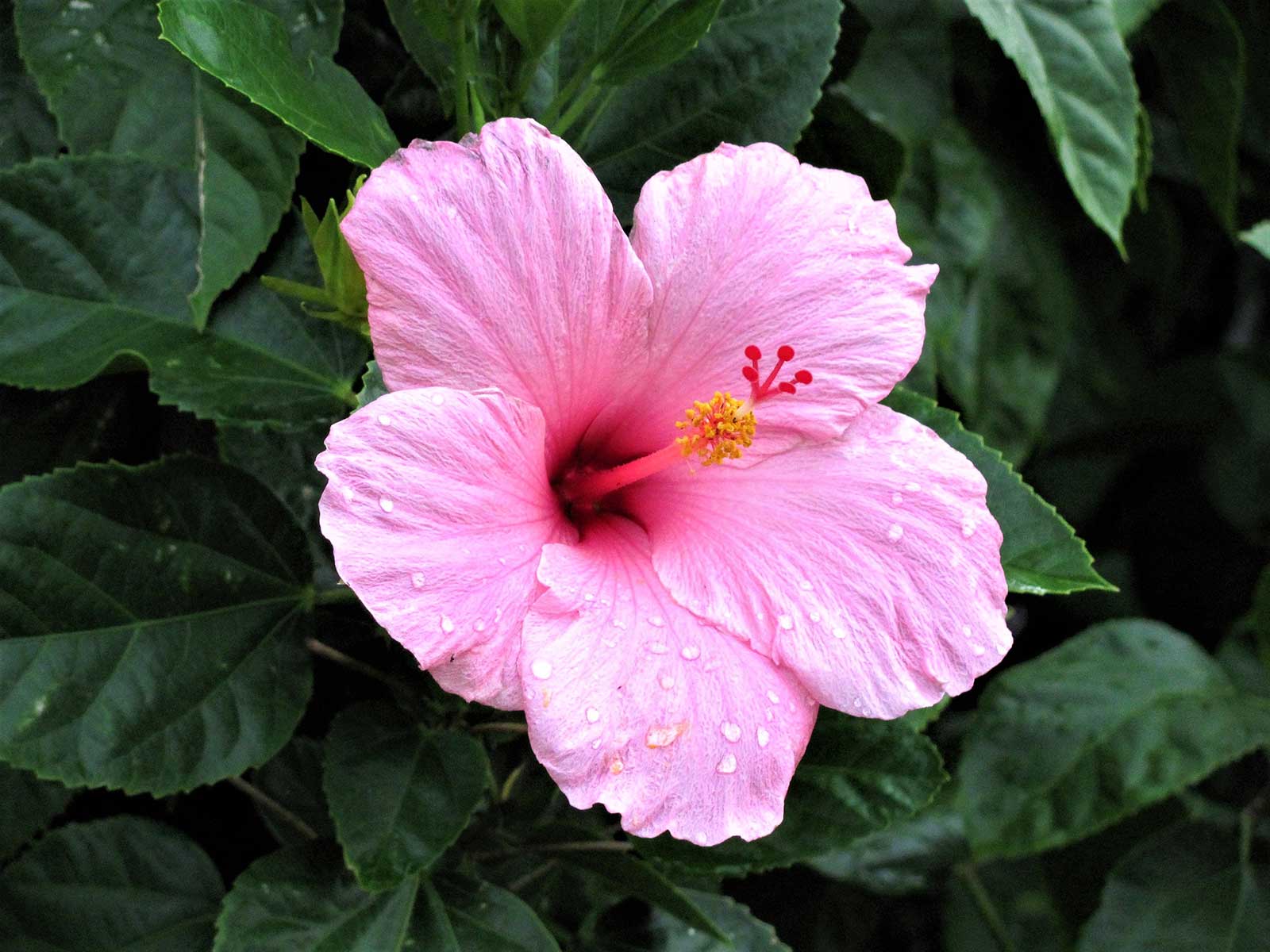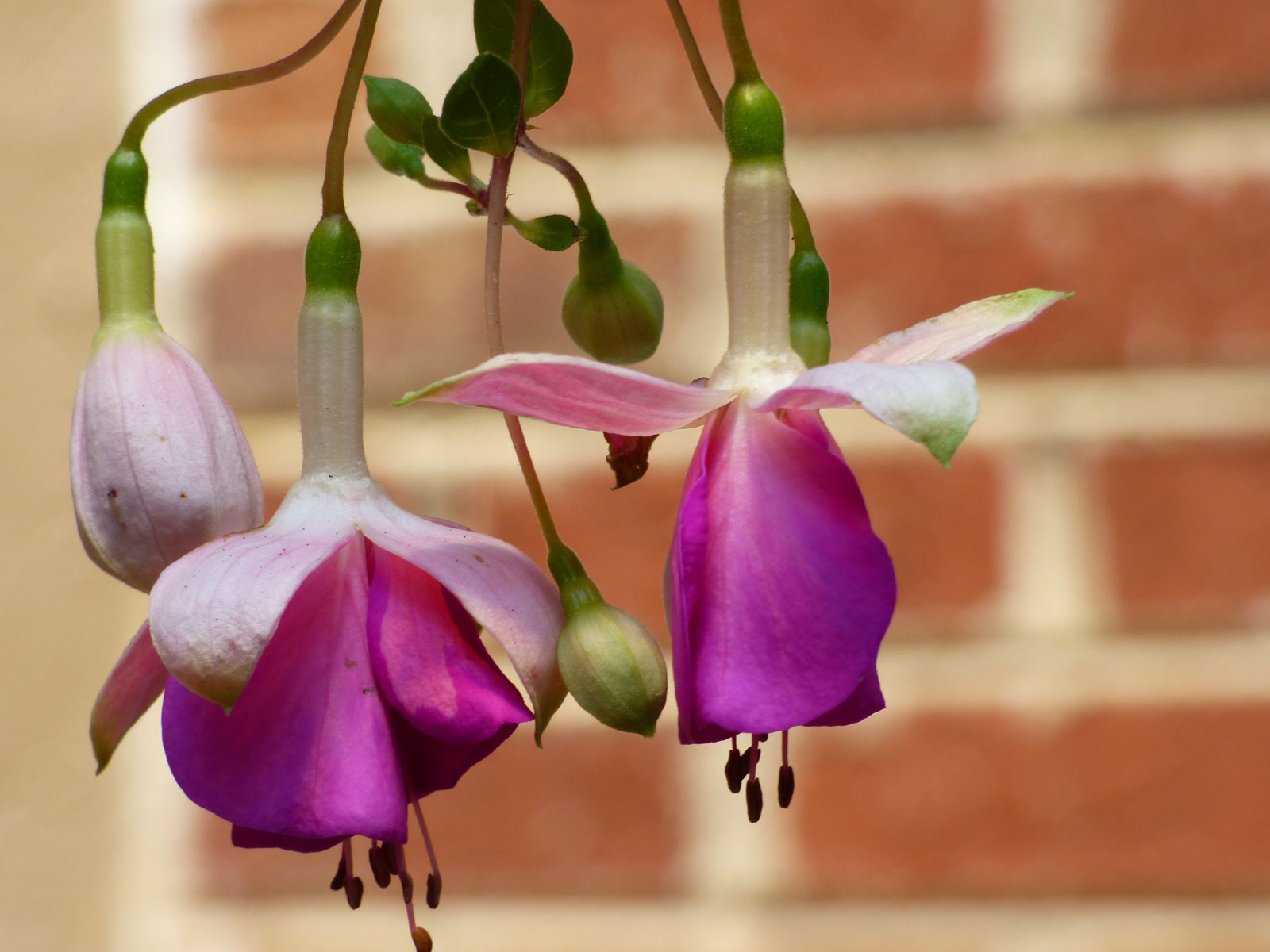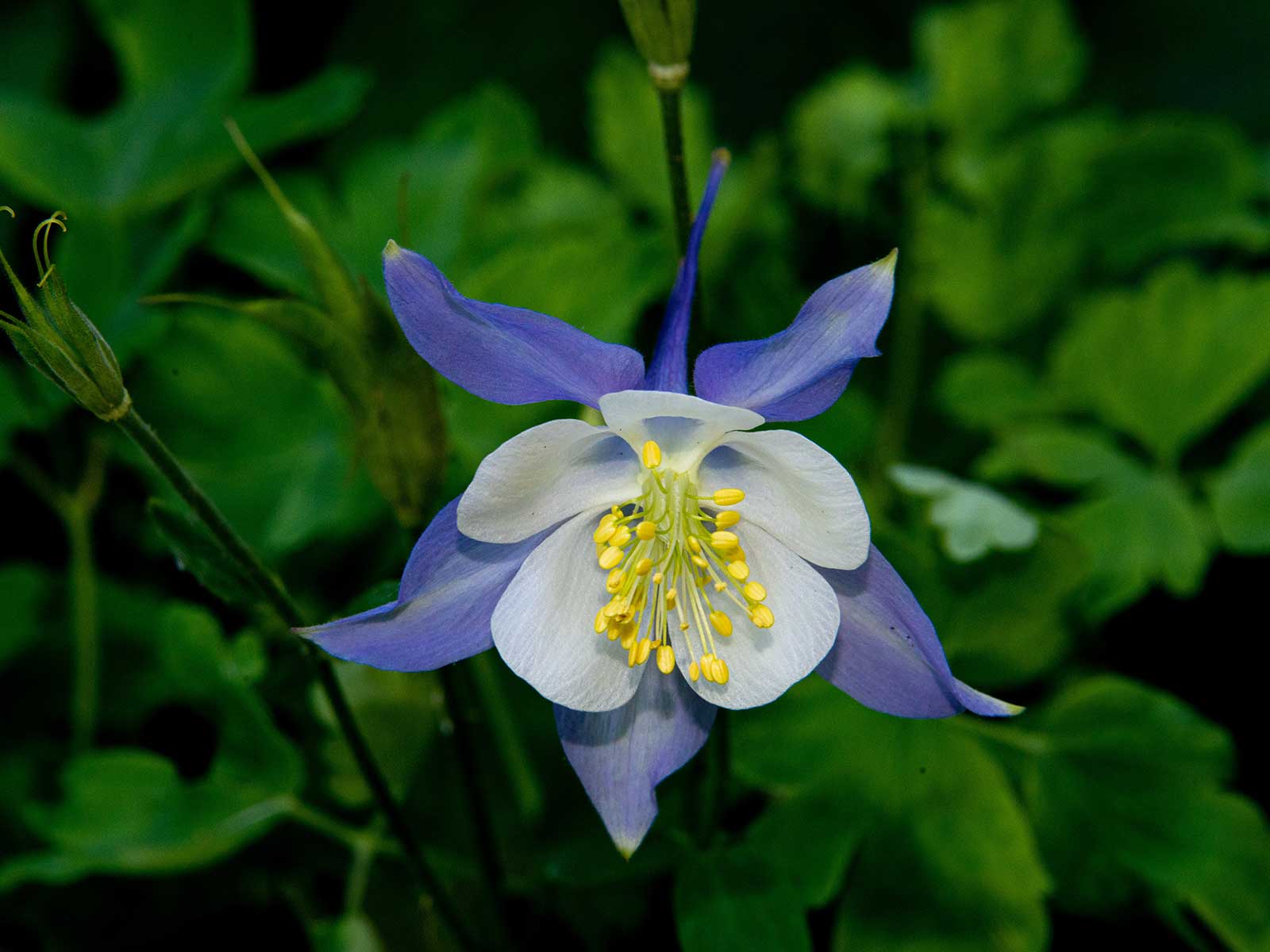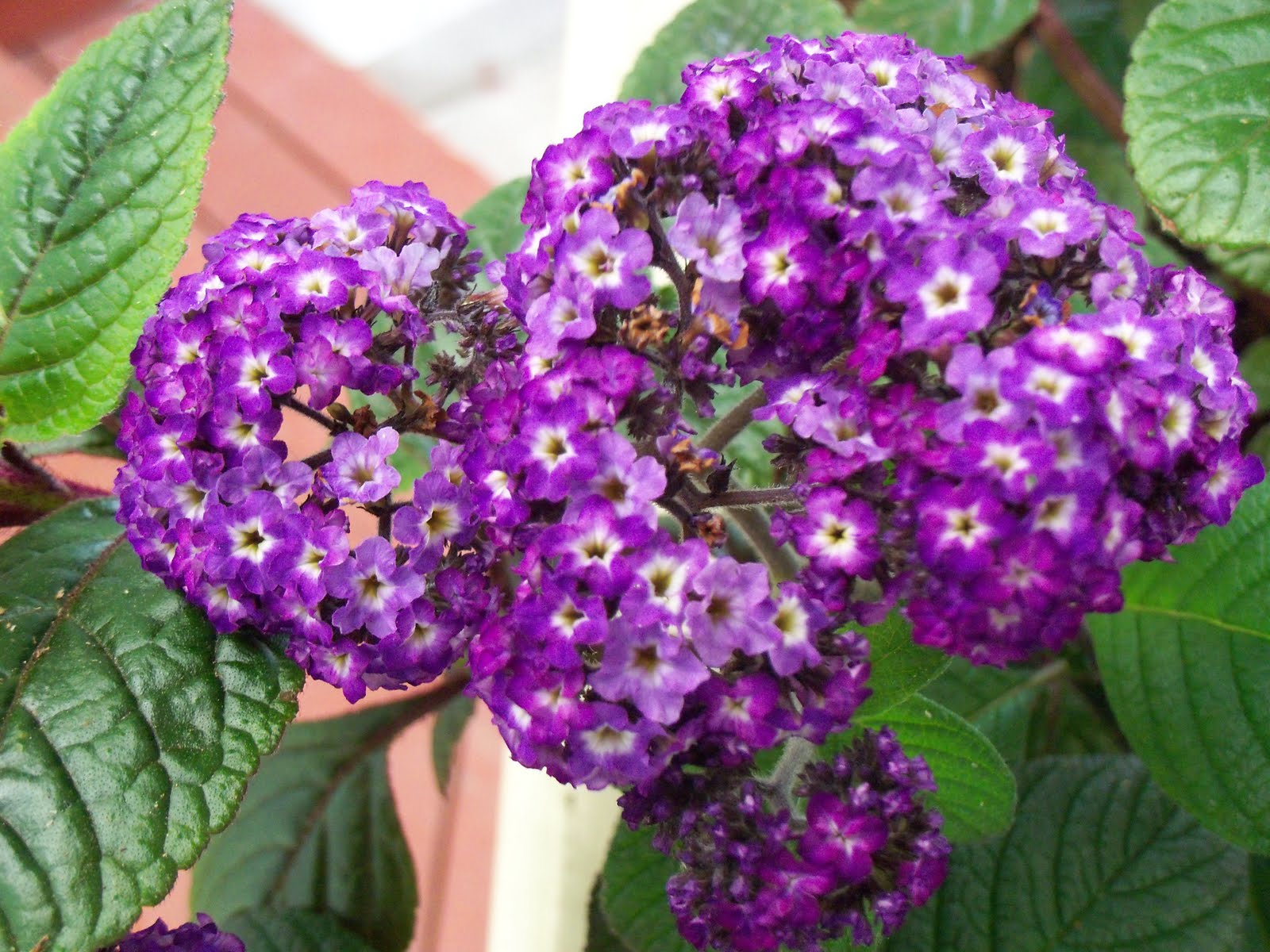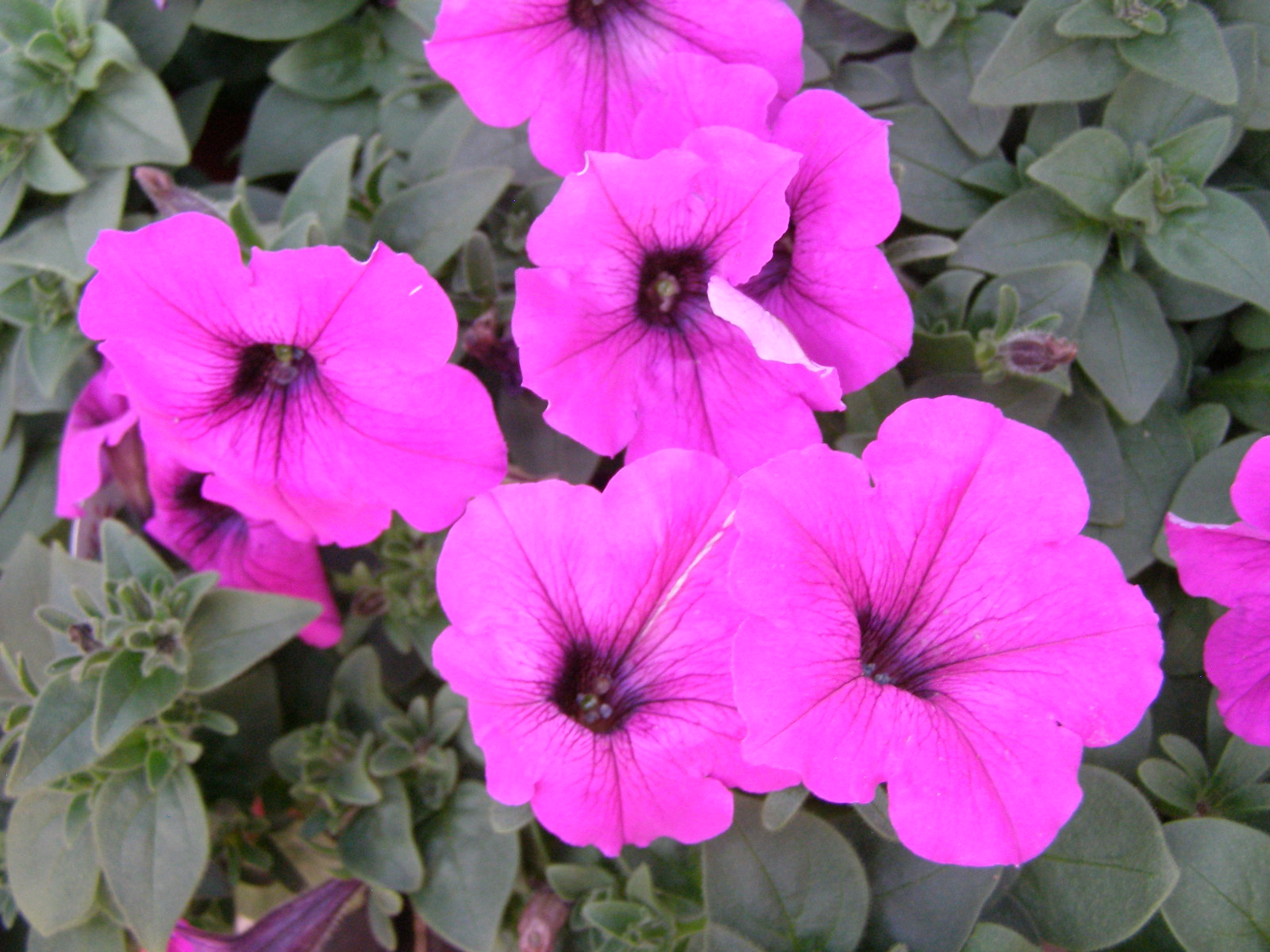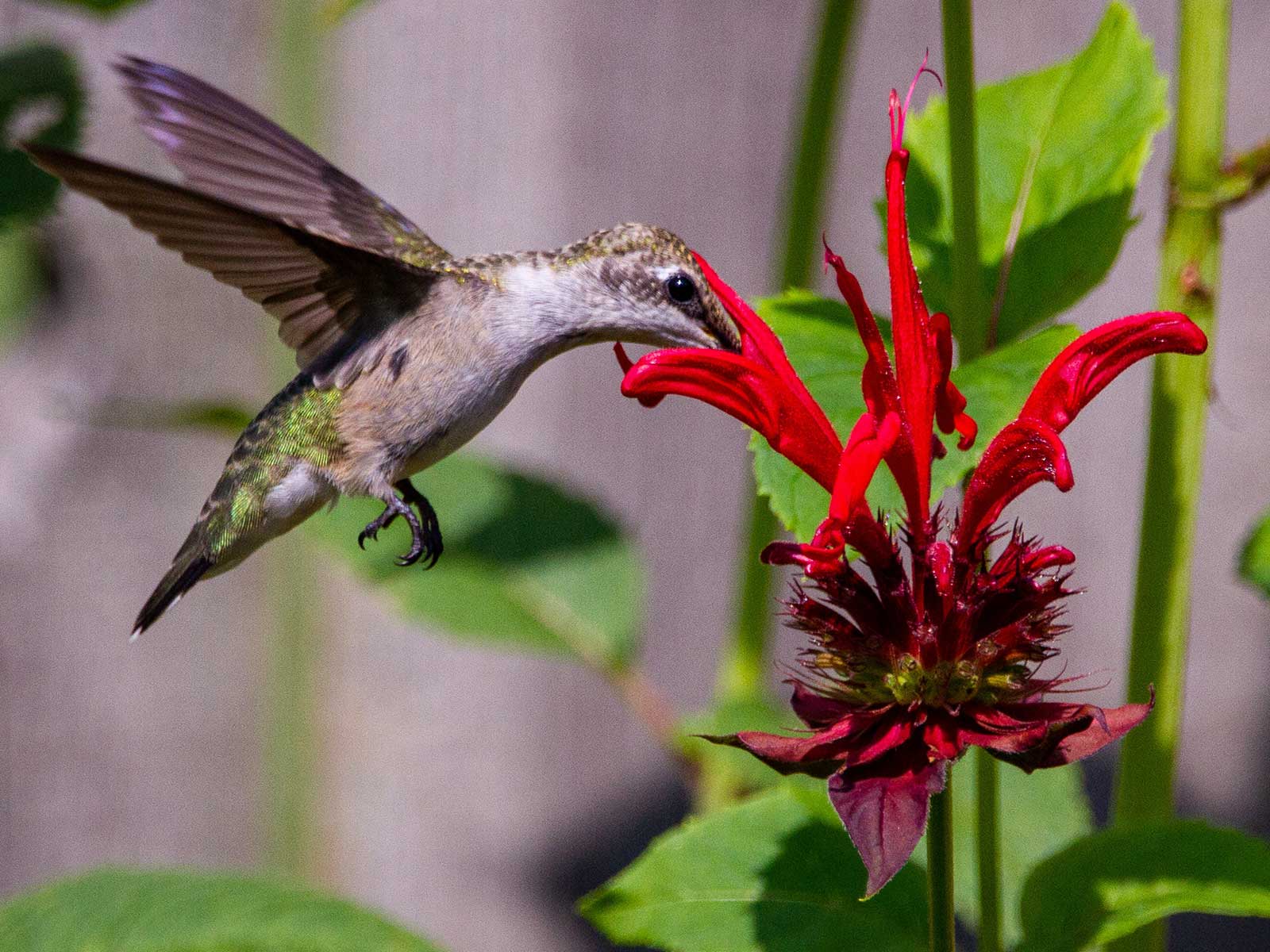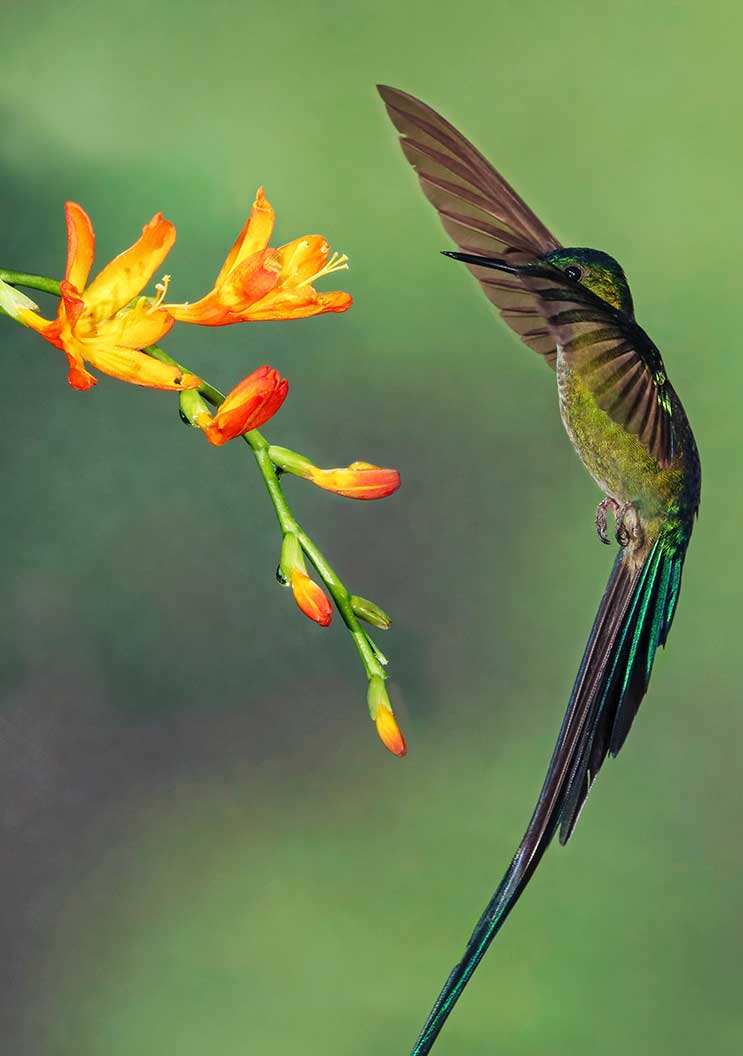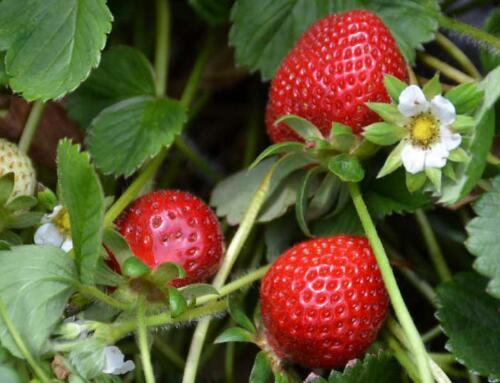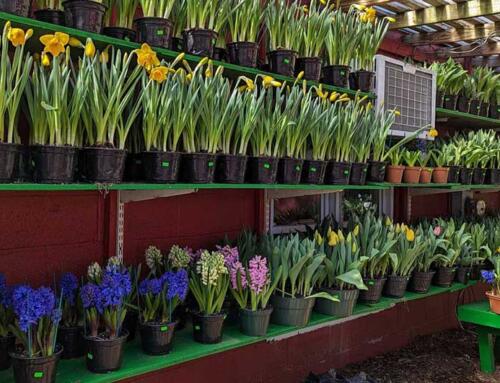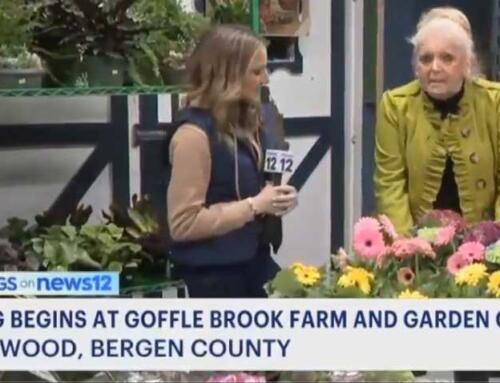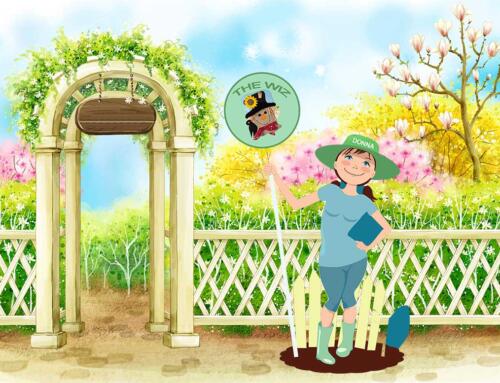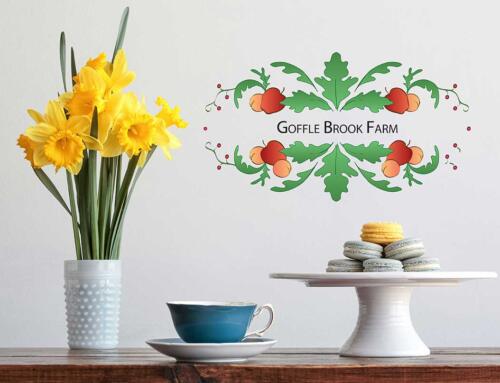Flowers That Attract Hummingbirds
Sustainable Gardening – Pollinator Plants
“Like the hummingbird sipping nectar from every flower, we should strive to fly joyfully through all of our days days, seeing beauty in everything.”
Is there anything more magical than espying a hummingbird, seemingly suspended in midair, dip its long beak into a flower? Sometimes you’ll hear these tiny birds before you see them, their wings making a distinctive whirring sound. When two or more appear together, you may hear the sharp “chattering” as they swoop and dive in a series of aggressive, aerial maneuvers. It’s no wonder that gardeners love to encourage these remarkable acrobats into their gardens. According to The International Hummingbird Association, their primary nutrition comes from nectar from flowers, supplemented by a few sources of protein, such as tiny spiders and other insects.
What flowers do hummingbirds like?
Brightly-colored flowers that are tubular tend to produce the most nectar, and are particularly attractive to hummingbirds. Though they’re partial to red, hummingbirds aren’t dismissive of other colors. These include perennials such as bee balms, columbines, biennials such as foxgloves and hollyhocks; and many annuals, including cleomes, impatiens, and petunias, but are frequently seen visiting other flowers with bright colors that are orange, yellow, purple, or even blue, giving you plenty to choose from.
Hummingbirds’ wings are long and narrow. A hummingbird’s wings can move 10-15 times per second. Due to their continuous humming like the buzzing of a bee the two are often associated with people who are talkative in nature. A hummingbird can take around 250 breaths per minute when resting. Their average lifespan is from three to five years. On average, a hummingbird eats half its weight in nectar and insects each day to prevent it starving.
They’ll feed at any plant with nectar to offer. Hummingbirds have forked tongues with hair-like fibers called lamellae. When the tongue dips into the nectar, it automatically separates. The forked tongue and lamellae automatically zip closed as the tongue pulls back, pulling nectar back into the beak with it. Rather than sucking the nectar, their tongue is essentially, grabbing and trapping nectar, carrying it into their mouths. As their tongue flicks back out for another mouthful, the action pushes the nectar toward their throat, kind of like a pump.
Hummingbirds are the smallest of birds and may look different compared to other species. Their needle-like bill is the most unique trait they possess apart from the humming sound they are well known for.
Plants also serve as a reliable protein source. Hummingbirds eat pollen and snatch insects from plant leaves and spiderwebs to get the protein they need for growing feathers. Native plants support a greater concentration of insects and spiders available as prey for hummingbirds, so avoid the use of pesticides.

